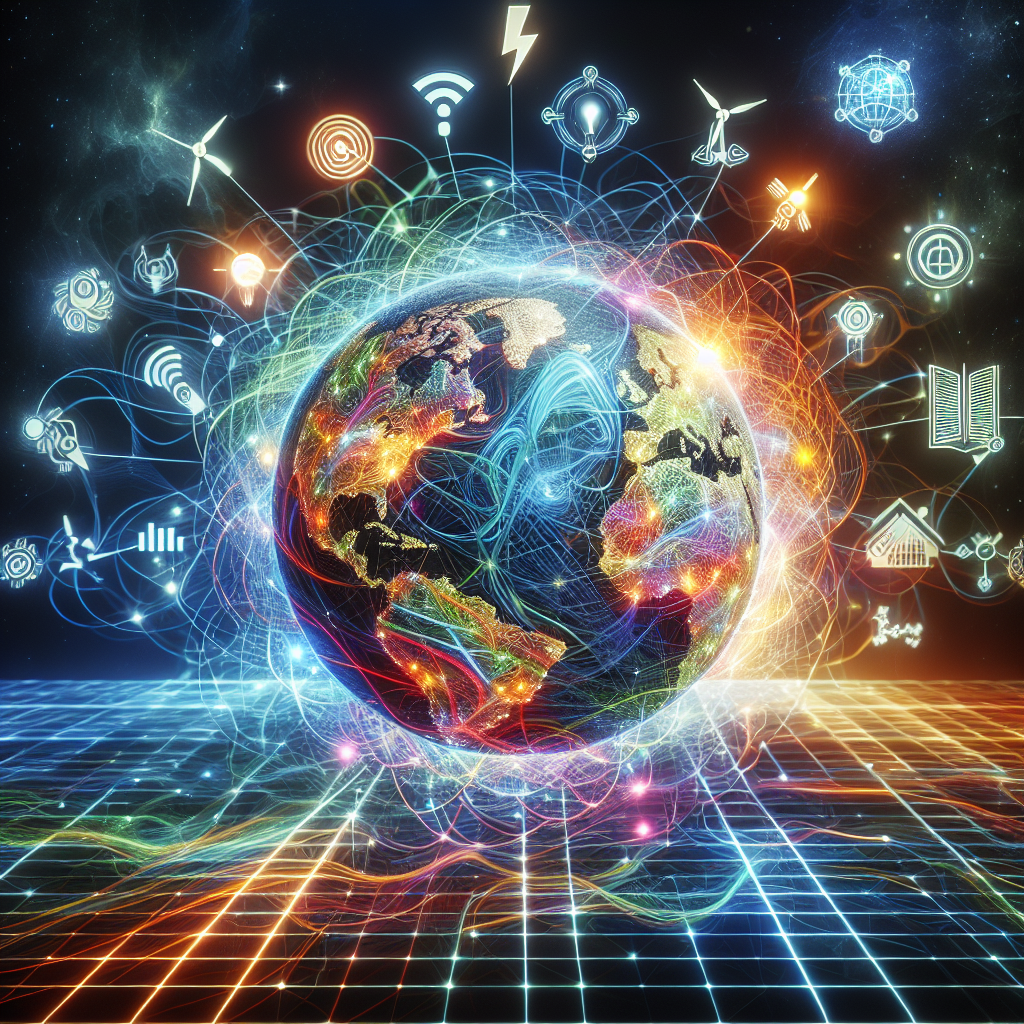AI-Driven Innovations in Renewable Energy Planning
Renewable energy sources such as solar, wind, and hydroelectric power are becoming increasingly important as the world seeks to reduce its reliance on fossil fuels and combat climate change. However, the intermittent nature of these sources presents challenges in terms of planning and integrating them into existing energy systems. This is where artificial intelligence (AI) comes in, providing innovative solutions to optimize the use of renewable energy and improve overall energy efficiency.
AI technologies are being used in various ways to enhance renewable energy planning and management. From predicting energy production to optimizing energy distribution and storage, AI-driven innovations are revolutionizing the way we generate and consume renewable energy. In this article, we will explore some of the key AI-driven innovations in renewable energy planning and their potential impact on the future of sustainable energy.
Predictive Analytics
One of the main challenges in renewable energy planning is the variability of energy production from sources such as wind and solar power. AI technologies can help predict energy production more accurately by analyzing historical data, weather patterns, and other relevant factors. By using machine learning algorithms, AI systems can forecast energy production with greater precision, allowing energy planners to better anticipate fluctuations in supply and demand.
For example, AI-powered forecasting models can predict solar radiation levels and wind speeds based on real-time weather data, enabling energy operators to adjust their production schedules accordingly. This can help reduce energy wastage and optimize the use of renewable resources, leading to greater efficiency in energy production.
Optimization of Energy Distribution
Another key application of AI in renewable energy planning is the optimization of energy distribution. AI algorithms can analyze data from smart grids and energy systems to identify the most efficient ways to distribute renewable energy across different locations. By optimizing energy flow and storage, AI systems can help reduce transmission losses and improve overall energy efficiency.
AI-driven optimization tools can also help energy planners make informed decisions about when and where to deploy renewable energy resources. By considering factors such as energy demand, grid capacity, and storage capabilities, AI systems can help maximize the use of renewable energy sources and minimize reliance on fossil fuels.
Grid Management
AI technologies are also being used to improve grid management and integration of renewable energy sources. Smart grid systems equipped with AI algorithms can monitor energy consumption in real-time, detect anomalies, and automatically adjust energy flow to ensure a stable and reliable supply of electricity. This is particularly important for integrating intermittent renewable energy sources into the grid, as AI can help balance supply and demand more effectively.
AI-driven grid management systems can also optimize the use of energy storage technologies such as batteries and pumped hydro storage. By analyzing data on energy production and consumption, AI systems can determine the most cost-effective and environmentally friendly ways to store excess energy for use during periods of high demand.
FAQs
Q: How is AI being used to improve renewable energy planning?
A: AI technologies are being used to predict energy production, optimize energy distribution, and improve grid management in renewable energy planning. By analyzing data and using machine learning algorithms, AI systems can help energy planners make informed decisions about how to best utilize renewable energy sources.
Q: What are some examples of AI-driven innovations in renewable energy planning?
A: Examples of AI-driven innovations in renewable energy planning include predictive analytics for energy production forecasting, optimization tools for energy distribution, and smart grid systems for grid management. These technologies are helping to improve the efficiency and reliability of renewable energy systems.
Q: What are the benefits of using AI in renewable energy planning?
A: The benefits of using AI in renewable energy planning include improved energy efficiency, optimized energy distribution, and enhanced grid management. AI technologies can help reduce energy wastage, increase the use of renewable resources, and ensure a stable and reliable energy supply.
Q: How can AI help integrate renewable energy sources into existing energy systems?
A: AI technologies can help integrate renewable energy sources into existing energy systems by optimizing energy distribution, managing grid fluctuations, and predicting energy production. By using AI-driven tools, energy planners can better balance supply and demand and maximize the use of renewable energy sources.
In conclusion, AI-driven innovations in renewable energy planning are helping to revolutionize the way we generate and consume energy. By using predictive analytics, optimization tools, and smart grid systems, AI technologies are enabling energy planners to make more informed decisions about how to best utilize renewable energy sources. As we continue to transition towards a more sustainable energy future, AI will play a crucial role in maximizing the efficiency and reliability of renewable energy systems.

